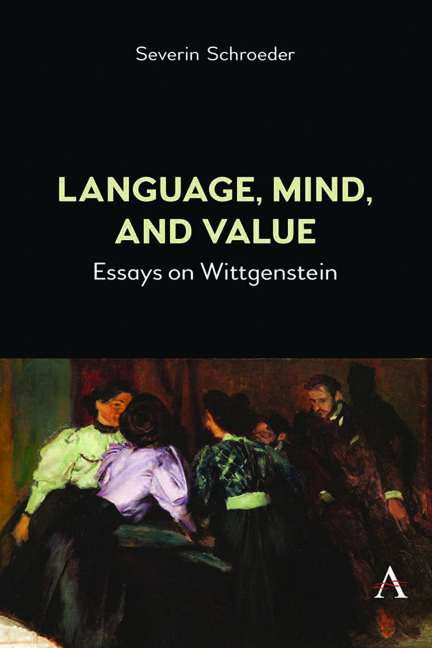9 - A Tale of Two Problems: Wittgenstein’s Discussion of Aspect Perception
Published online by Cambridge University Press: 13 April 2024
Summary
Between 1946 and 1949, Wittgenstein occupied himself intensely with the topic of aspect perception, or seeing-as. It is one of his main concerns in the typescripts and manuscripts that have now been published as Remarks on the Philosophy of Psycholog y and Last Writings on the Philosophy of Psycholog y, and it is discussed at considerable length in the selection of remarks Wittgenstein culled from those volumes in 1949 (MS 144; TS 234), which was eventually printed under the (arguably inappropriate) title ‘Part II’ of Philosophical Investigations. Half a century later, it is probably still true to say that ‘Wittgenstein's treatment of aspect perception continues to be one of the least explored and least understood of the major themes in his later philosophy’ (Mulhall 2001, p. 246).
In his 1949 selection, Wittgenstein begins the discussion of aspect perception with the following distinction:
Two uses of the word ‘see’.
The one: ‘What do you see there?’ – ‘I see this’ (and then a description, a drawing, a copy). The other: ‘I see a likeness in these two faces’ – let the man to whom I tell this be seeing the faces as clearly as I do myself.
What is important is the categorial difference between the two ‘objects’ of sight.
I observe a face, and then suddenly notice its likeness to another. I see that it has not changed; and yet I see it differently. I call this experience ‘noticing an aspect’. (PPF §§111, 113; p. 193)
Seeing a likeness between two faces [A], however, is only the first of a number of examples Wittgenstein considers. Others are:
(B) Seeing a geometrical drawing as a glass cube or as an inverted open box, or as three boards forming a solid angle (PPF §116; p. 193); or again, seeing a triangle as a triangular hole, as a solid, as a geometrical drawing; as standing on its base, as hanging from its apex; as a mountain, as a wedge, as an arrow or pointer, as an overturned object which is meant, for example, to stand on the shorter sight of the right angle, as a half parallelogram, etc. (PPF §162; p. 200).
- Type
- Chapter
- Information
- Language, Mind, and ValueEssays on Wittgenstein, pp. 123 - 144Publisher: Anthem PressPrint publication year: 2024

